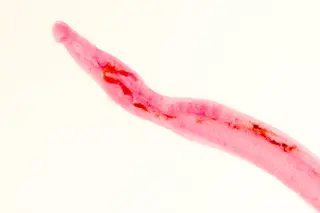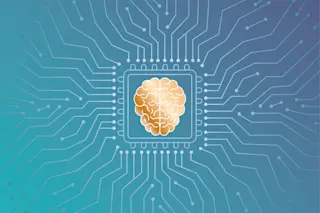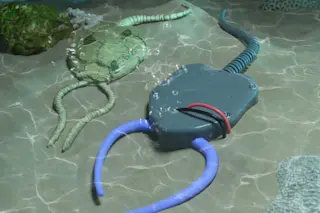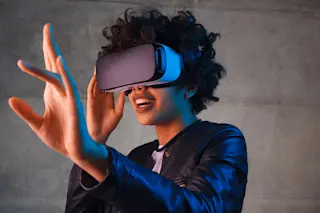Zhong Zhong and Hua Hua have made medical history as the first cloned primates.
The feat, described in January 2018 in the journal Cell by a team of Chinese scientists, is a milestone for biomedical research. It could potentially lead to the development of new treatments for human disease. But it also makes ethicists nervous about where this all might lead. Do Zhong Zhong and Hua Hua presage the dawn of human cloning?
Born in 1996, Dolly the sheep was the first cloned mammal, and was followed by many more, including dogs, rabbits and pigs. But researchers were unable to clone primates because the genes involved didn’t react well to the procedure. Over the years, a handful of research institutions have tried and failed to birth a live monkey clone.
The successful team, at Shanghai’s Chinese Academy of Sciences, used the same basic method that created Dolly but had failed ...















